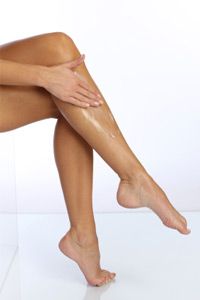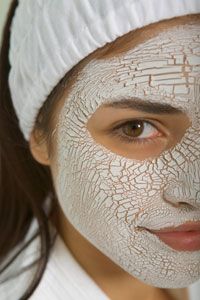It can be easy to take hair removal creams for granted. You apply the cream, wait a few minutes, and then you just wipe away the hair, leaving the skin underneath smooth and soft. But it helps to know how these creams actually work. Hair removal creams, also know as depilatory creams, contain chemicals that dissolve hair just below the surface of your skin. These chemicals can irritate the skin, and although they remove hair easily, they can also cause some unwanted side effects.
Hair removal creams were developed to keep areas like your legs and arms smooth and free of hair. Unfortunately, those aren't the only parts of our bodies that develop unwanted hair. The chemicals in depilatory creams may not be suitable for thinner, more sensitive areas, like the skin around your eyebrows or your bikini line. Using them in any of these places could result in burns.
Advertisement
To avoid this, you should use a cream specially formulated for more sensitive areas. In some cases this means getting three separate creams: one for your arms and legs, one for your face and another for your bikini line. Read the instructions carefully, making sure you're using the right cream on the right part of your body.
It's possible that the skin on your arms and legs might be too sensitive for a normal hair removal cream as well. To avoid getting burned, you should test a small area before applying the cream all over. In the unlikely event that you're allergic to the cream, this will also serve as an allergy test [source: Barba].
Finally, make sure you follow the instructions carefully. Hair removal creams are formulated to do their job in a specific amount of time. Leaving them on too long could burn your skin [source: Hirsch]. If you find that the recommended amount of time isn't getting the job done, you should still be cautious. Remove the cream after the specified amount of time, and then reapply for much shorter intervals until the job is done.
As long as you're not allergic to the ingredients, if you use the right hair removal cream on the right part of your body and follow the instructions carefully, you shouldn't have any problems. See the links on the next page for more about how hair removal creams work.
Advertisement


